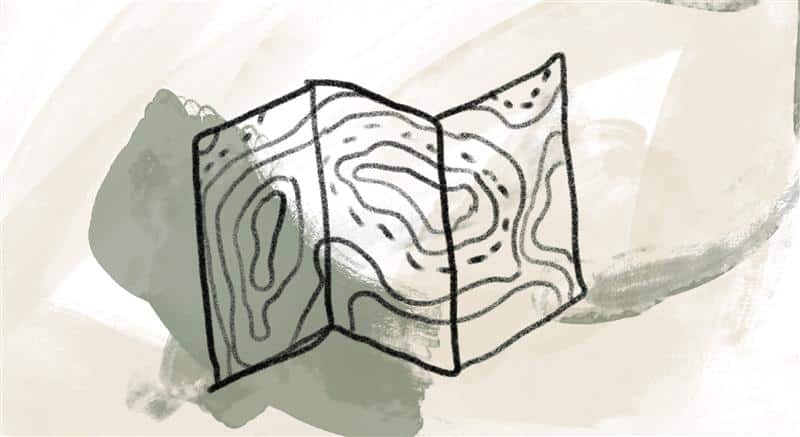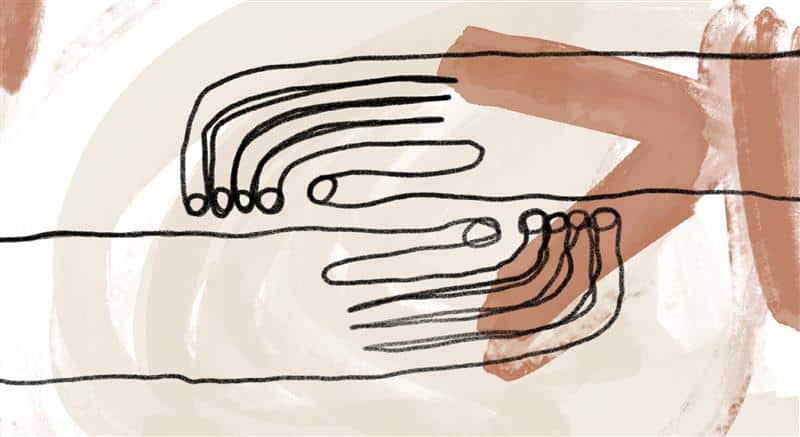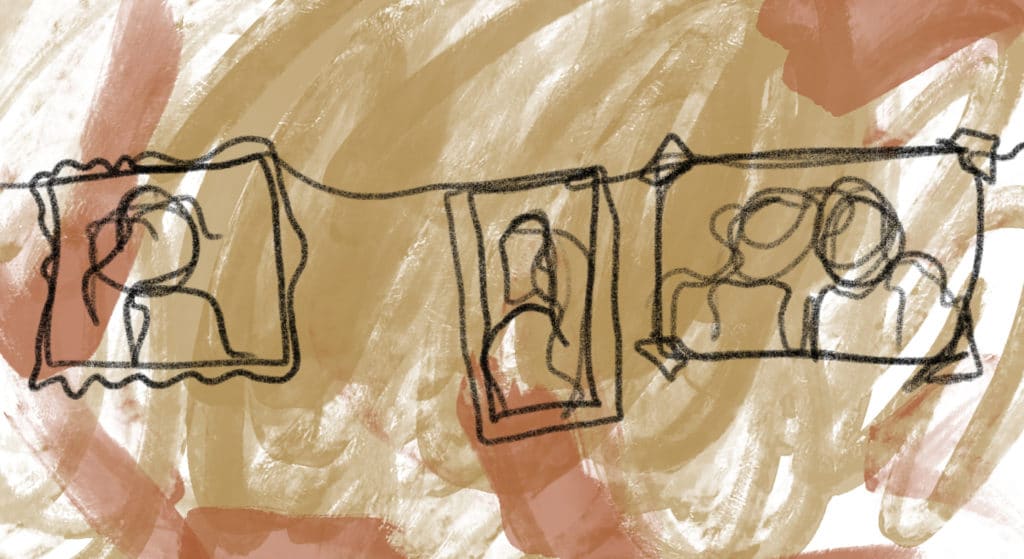
When leading morning sit for the CAC staff, Father Richard often turns to Just This, his small book on contemplative seeing and practice. This week the Daily Meditations share wisdom that arises from focusing on “just this.” Richard begins:
Contemplation is a panoramic, receptive awareness whereby we take in all that the situation, moment, or person offers without judging, eliminating, or labeling anything. It is pure and positive gazing that abandons all negative pushback so it can recognize inherent dignity. That takes much practice and a lot of unlearning of habitual responses.
We have to work at it and develop practices whereby we recognize our compulsive and repetitive patterns. In doing so, we allow ourselves to be freed from the need to “take control of the situation”—as if we ever really could anyway!
It seems we are addicted to our need to make distinctions and judgments, which we mistake for thinking. Most of us think we are our thinking, yet almost all thinking is compulsive, repetitive, and habitual. We are forever writing our inner commentaries on everything, commentaries that always reach the same practiced conclusions. That is why all forms of meditation and contemplation teach a way of quieting this compulsively driven and unconsciously programmed mind.
The Desert Fathers and Mothers wisely called this process “the shedding of thoughts.” We don’t fight, repress, deny, identify with, or even judge them, but merely shed them. We are so much more than our thoughts about things, and we will feel this more as an unlearning than a learning of any new content. [1]
When we meditate consistently, a sense of our autonomy and private self-importance—what we think of as our “self”—falls away, little by little, as unnecessary, unimportant, and even unhelpful. The imperial “I,” the self that we likely think of as our only self, reveals itself as largely a creation of our mind.
Through a regular practice of contemplation, we become less and less interested in protecting this self-created, relative identity. We don’t have to attack it; it calmly falls away of its own accord and we experience a kind of natural humility.
If our prayer goes deep, “invading” our unconscious, as it were, our whole view of the world will change from fear to connection. We don’t live inside our fragile and encapsulated self anymore, nor do we feel any need to protect it. In meditation, we move from ego consciousness to soul awareness, from being fear-driven to being love-drawn. That’s it in a few words!
Of course, we only have the courage to do this if Someone Else is holding us, taking away our fear, doing the knowing, and satisfying our desire for a Great Lover. If we can allow that Someone Else to lead us in this dance, we will live with new vitality, a natural gracefulness, and inside of a Flow that we did not create. It is the Life of the Trinity, spinning through us. [2]
References:
[1] Adapted from Richard Rohr, Just This (Albuquerque, NM: CAC Publishing, 2017), 60–61.
[2] Rohr, Just This, 66–67.
Image credit: A path from one week to the next—Izzy Spitz, Wings (detail), digital oil pastel. Izzy Spitz, Tuesday Chemistry (detail), digital oil pastel. Izzy Spitz, Field Study 1 (detail), oil pastel. Used with permission. Click here to enlarge image.
In the midst of color and movement we focus and are present to one point in a sacred sphere.
Story from Our Community:
As a grateful 83-year-old person … I read Fr. Rohr’s daily meditations every morning with joy. I am working on contemplative practices and allowing God to teach me to turn loose of discouraging situations and hold onto hope. I am trying to live every day with the patience of a pair of beautiful mockingbirds taking care of their nest in a tree just outside my living room window. I can watch them from my recliner—what a gift! —Dorotha C.




